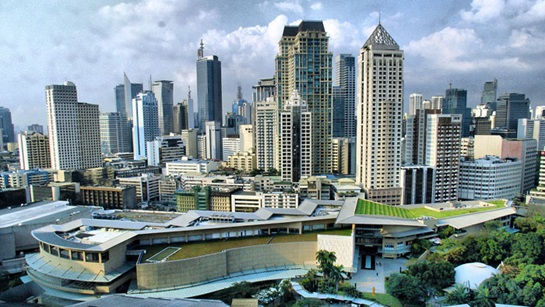FREE MARKET IN INSURANCE
- Jadeson Ortega
- Nov 4, 2020
- 3 min read
It is important to note that in such a setting, products can be more tailor-fit for identified risk groups, which should be beneficial for both the consumer and the insurer.
By ATTY. DARREN M. DE JESUS
Early in this administration, the government sounded off its policy for financial inclusion. This is integral in government’s path towards poverty alleviation and fiscal stability. A key ingredient to this is a sound economic system that is protected in cases of emergency, catastrophes and other accidents: This is precisely where insurance comes in.
However, certain sectors in society perceive insurance negatively considering the high price of the premiums and its protracted claims process. Neither does it help that the government insurer — PhilHealth — is in such a terrible state right now, bordering to its abolition or, more preferably, privatization. One thing that the government can do now to improve the image of insurance is to make it more affordable for all; hence, the push of the administration for microinsurance.
Another item that government may look into is the removal of the tariffs in insurance. Through the implementation of a Tariff Structure for the Non-Life Insurance sector, consumers can be said to be protected by the Insurance Commission (IC) insofar as the motor and fire insurance lines, which are subjected to tariffs. On the other hand, with the detariffication of premium rates, insurers may charge customers as they see fit, allowing them to slash prices to barest minimum.
A tariff is added tax levied by the government on specific goods or services. It is additional fiscal revenue for the government, at the same time it regulates certain practices to protect consumers. The Insurance Code mandates the periodical update of the classification structure.
In a paper written by Bob Ingco, president of AMI Risk Consultants Inc., on detariffication, it was observed that most of the penalties collected for not following tariffs are due to insurance companies charging lower than what is required due to heavy price competition in the industry. In 2014, the IC recorded 3,368 breaches, resulting in a collection of P5.41 million, wherein the bulk of the penalties originated from the issuance of motor car and fire policies. The following year the commission collected P21 million from insurers for breaches of the tariff structure. I am quite certain more recent records will reveal a continual increase in tariff collections by the IC. Regardless, insurance companies continue to make a profit and seem to be willing to pay the tariffs after making a cost-benefit analysis. This begs the question if it is time for the detariffication of the insurance industry in the Philippines.
ASEAN Countries such as Singapore, Indonesia, and Hong Kong have fully detariffied, meanwhile Cambodia and Thailand remain tariffied. Notably, Malaysia has implemented a phased liberalization of tariffs, to avoid the mishap that happened with the detariffication of the insurance industry in China between 2003 and 2006 where the market was not prepared with no Risk Based Capital (RBC) System in place, causing major solvency issues in companies to maintain operating cash flow. Notably, the Philippines IC has these systems in place, in addition to the tariffs.
The nullification of the tariff structure shall give insurance companies freedom in product pricing, rendering the market to be even more competitive than before, reminiscent to a laissez-faire policy made famous by economist Adam Smith. Insurance companies may develop internal pricing policies that are centered on its risk appetite, thresholds have to be established in order to maintain capital adequacy and risk-based pricing shall be the key to success for each company.
It is important to note that in such a setting, products can be more tailor-fit for identified risk groups, which should be beneficial for both the consumer and the insurer. In motor, insurers may load the added cost of providing a policy for a much older vehicle and lower risk drivers may be charged with lower premium rates. There now exists insurance technology or “insurtech” that allows drivers to customize their insurance on a per usage basis that should demand more flexibility in pricing of premiums, aka “bespoke insurance.”
The question is whether the Philippines is ready for the abolition of tariffs, the same way if we are prepared for the abolition (or privatization) of PhilHealth. These are bold moves in our insurance industry that may see exponential growth if properly pulled off. Let us continue discussions for us to eventually know the answer.
For comments, email him at darren_dejesus@cocogen.com or tweet him
@darrendejesus.
This article originally came out in www.tribune.net.ph
https://tribune.net.ph/index.php/2020/10/23/free-market-in-insurance/





Comments